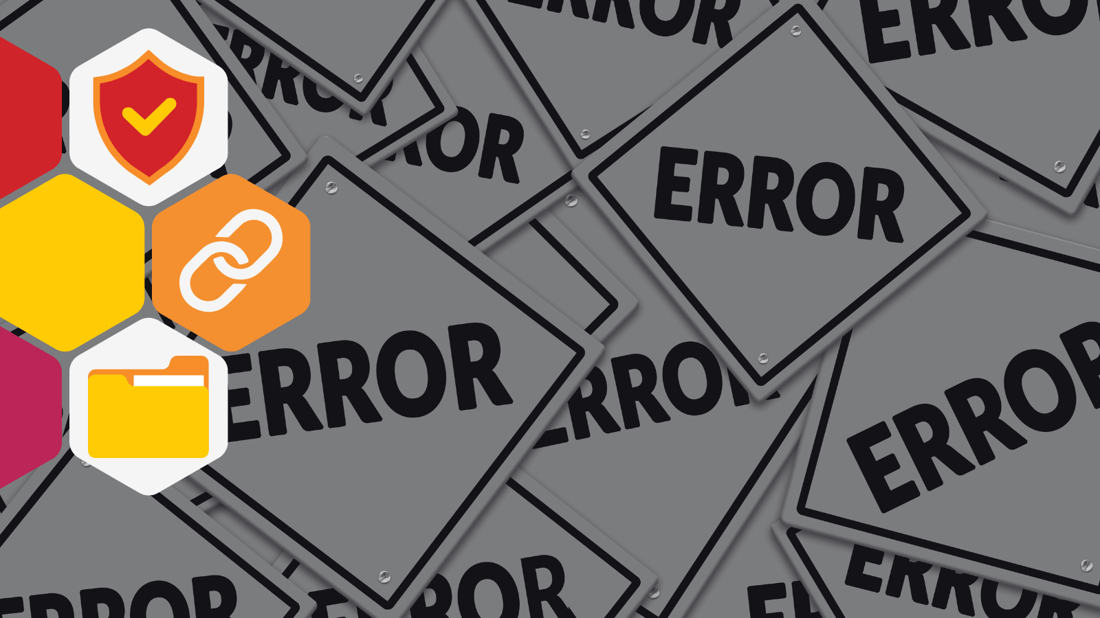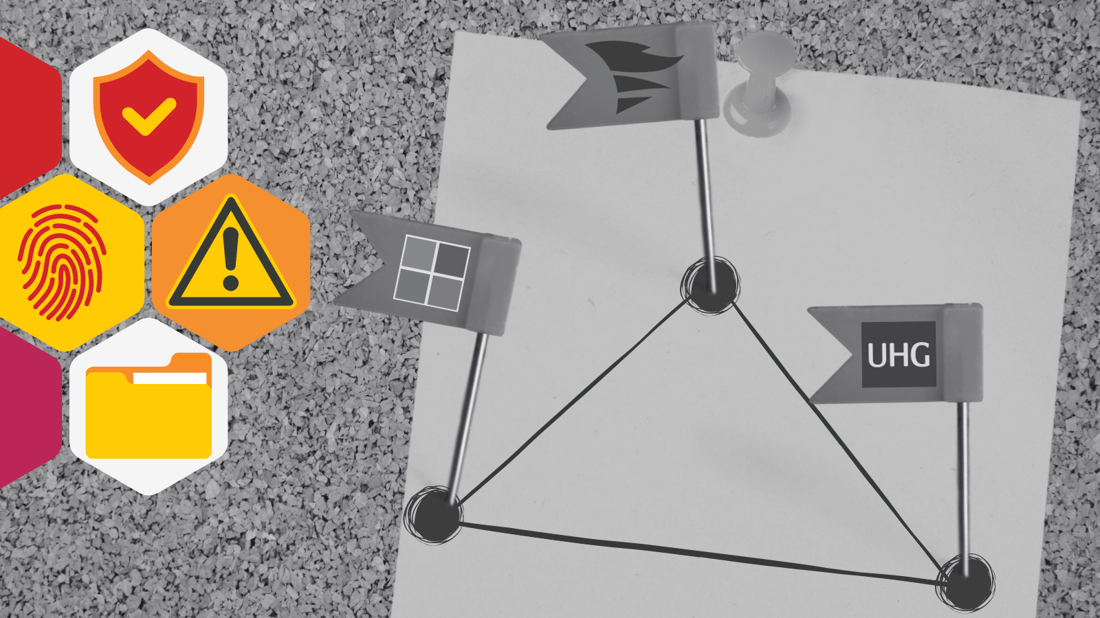60% of Employees Work Around Security Controls. Here’s What That Really Means.
The Stat That Should Stop You in Your Tracks A recent report by Forrester revealed that 60% of employees admit to intentionally working around...
Understanding the Real Reasons Behind Policy Bypass
Cybersecurity programs often emphasize compliance—measuring who completed training, who clicked the simulated phishing link, and who accepted the latest policy update. But despite this structure, people still bypass rules. They share passwords. They reuse credentials. They plug in unapproved tools.
Why?
Because security isn’t just about rules—it’s about relationships. And those relationships are governed by what organizational anthropologists call the social contract of work.
What Is the Social Contract of Work—and How Is It Changing?
The social contract refers to the unspoken, often invisible agreements between employees and organizations—what’s expected, what’s rewarded, what’s tolerated, and what’s quietly ignored. It’s shaped by history, hierarchy, and human dynamics—and when the organization changes, the contract must evolve with it.
Today’s workplace is undergoing seismic shifts:
Hybrid and remote models have fundamentally altered the rhythms of work, creating blurred boundaries between personal and professional life. According to Gallup’s 2023 State of the Workplace Report, 59% of employees now prefer hybrid arrangements. This decentralization makes security norms harder to embed and monitor—especially when local behaviors and home tech setups introduce new, inconsistent risk factors.
Generational differences in attitudes toward technology, authority, and autonomy affect how people respond to policies. Gen Z and Millennial employees tend to value flexibility, purpose, and digital fluency, while older generations may prioritize clarity, control, and structure. Research by Deloitte highlights that 44% of Gen Z employees report high levels of workplace stress and disengagement—factors that impact secure behavior and adherence.
The gig economy and contract-based roles reduce deep cultural integration. Temporary workers often lack onboarding rigor, policy context, or a strong connection to company values. A 2023 Upwork study estimated that over 40% of the US workforce now engages in some form of independent work. This transient relationship often results in lower visibility and lower cybersecurity alignment.
AI adoption and tech acceleration are outpacing human comprehension. Even savvy employees struggle to keep up with tool changes, risk implications, and evolving responsibilities. The World Economic Forum’s 2023 Future of Jobs report found that 61% of businesses believe AI and automation will demand large-scale employee reskilling within the next three years. But cybersecurity policy updates rarely keep pace—leaving people to guess or ignore.
These changes fracture the traditional social contract and replace it with fragmented expectations. If your cybersecurity approach doesn’t account for this, it risks falling into the “ignored but acknowledged” category—visible but unheeded.

FAQ: Why Do Employees Ignore Security Policies?
Is it because they don’t care? Not usually. Most employees want to do the right thing—but when secure behaviors conflict with productivity, speed, or convenience, the secure choice often loses.
Is this about awareness? Partially—but awareness alone doesn’t drive behavior. Motivation, social proof, trust in leadership, and emotional connection to the mission matter too.
What about malicious insiders? Yes, they exist—but far more common are insiders who are apathetic, disengaged, confused, or culturally misaligned.
Isn’t policy adherence enough? Adherence is a surface metric. What you need is policy concordance—alignment between belief, behavior, and the perceived value of the policy itself.
Unpacking the Real Risk: Culture, Behavior, and Human Factors
Organizational culture is the unseen force shaping how people behave when no one is watching. Dimensions like power distance, individualism vs. collectivism, uncertainty avoidance, and communication style play a big role in how employees respond to rules.
If employees view cybersecurity as IT’s job, not theirs… If security training feels irrelevant to daily work… If policy enforcement is inconsistent or punitive…
…then you don’t have a behavior problem. You have a culture problem.
How to Rebuild the Social Contract of Security
Co-Create Policies
Involve employees in the shaping of new rules and expectations. When people have a voice, they’re more likely to commit.
Focus on Concordance, Not Just Compliance
Ask: Do people agree with this policy? Do they believe in its purpose? Behavior follows belief.
Align Incentives With Secure Choices
Don’t just penalize mistakes—celebrate reporting, caution, and integrity. Make risk-aware behavior part of performance culture.
Localize Training to Role and Risk
Different functions, levels, and countries experience risk differently. Speak to their context, not in generic terms.
Treat Culture as a Strategic Asset
Regularly measure cybersecurity culture and attitude—not just technical readiness. Include this in board-level reporting.
Final Thought: The Future of Security Is Human—and Social
Human Risk Management, cybersecurity awareness, and digital risk governance all hinge on a single idea: People act on what they believe, not just what they know.
If you want better engagement, fewer policy violations, and greater resilience, you have to rebuild the trust, alignment, and mutual respect that make up the social contract of your workplace.
Because in the end, cybersecurity is less about systems—and more about the people navigating them every day.

The Stat That Should Stop You in Your Tracks A recent report by Forrester revealed that 60% of employees admit to intentionally working around...
5 min read

What you'll learn: Frameworks tell you if controls exist. Hackers look at whether they work. Standard frameworks focus on policies, documentation...
7 min read

What you'll learn about compliance boxes checked versus how security can show where you are really protected. Compliance = meeting legal/regulatory...
7 min read
Subscribe to our newsletters for the latest news and insights.
Stay updated with best practices to enhance your workforce.
Get the latest on strategic risk for Executives and Managers.
